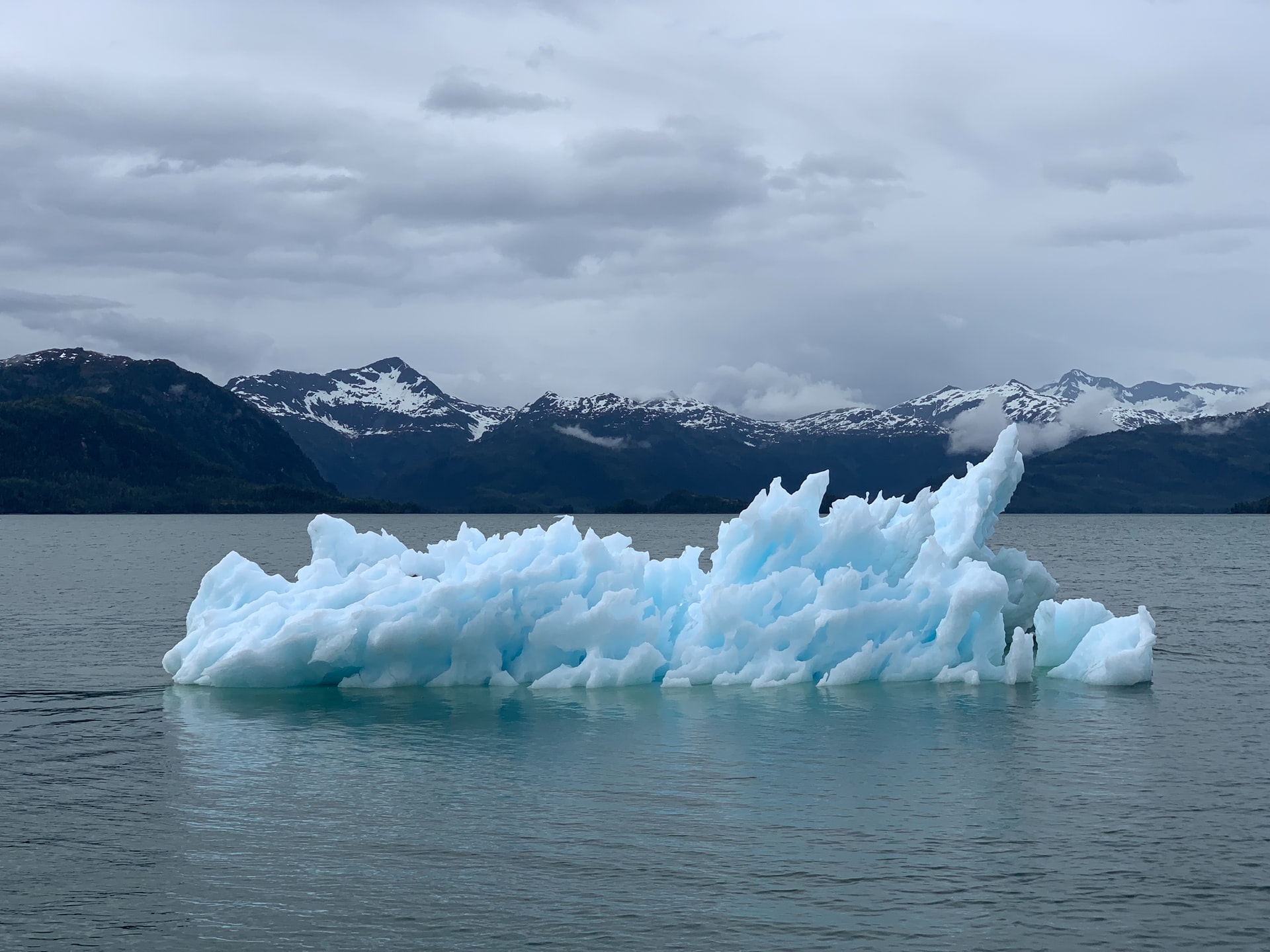The Fifth Assessment Report of the Intergovernmental Panel on Climate Changehighlights that climate change and ocean acidification are challenging the sustainable management of living marine resources (LMRs). Formal and systematic treatment of uncertainty in existing LMR projections, however, is lacking. We synthesize knowledge of how to address different sources of uncertainty by drawing from climate model intercomparison efforts. We suggest an ensemble of available models and projections, informed by observations, as a starting point to quantify uncertainties. Such an ensemble must be paired with analysis of the dominant uncertainties over different spatial scales, time horizons, and metrics. We use two examples: (i) global and regional projections of Sea Surface Temperature and (ii) projection of changes in potential catch of sablefish (Anoplopoma fimbria) in the 21st century, to illustrate this ensemble model approach to explore different types of uncertainties. Further effort should prioritize understanding dominant, undersampled dimensions of uncertainty, as well as the strategic collection of observations to quantify, and ultimately reduce, uncertainties. Our proposed framework will improve our understanding of future changes in LMR and the resulting risk of impacts to ecosystems and the societies under changing ocean conditions.
